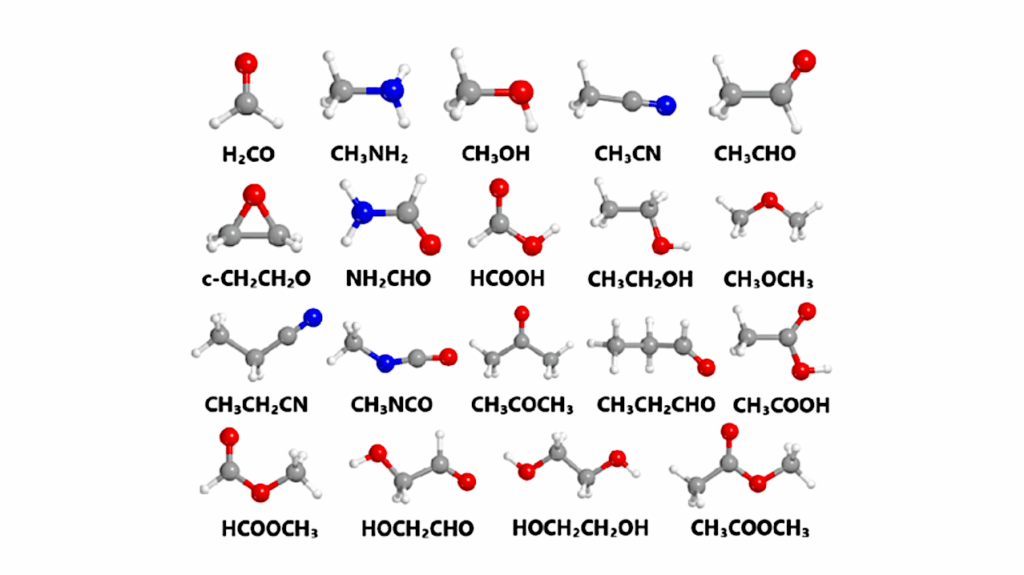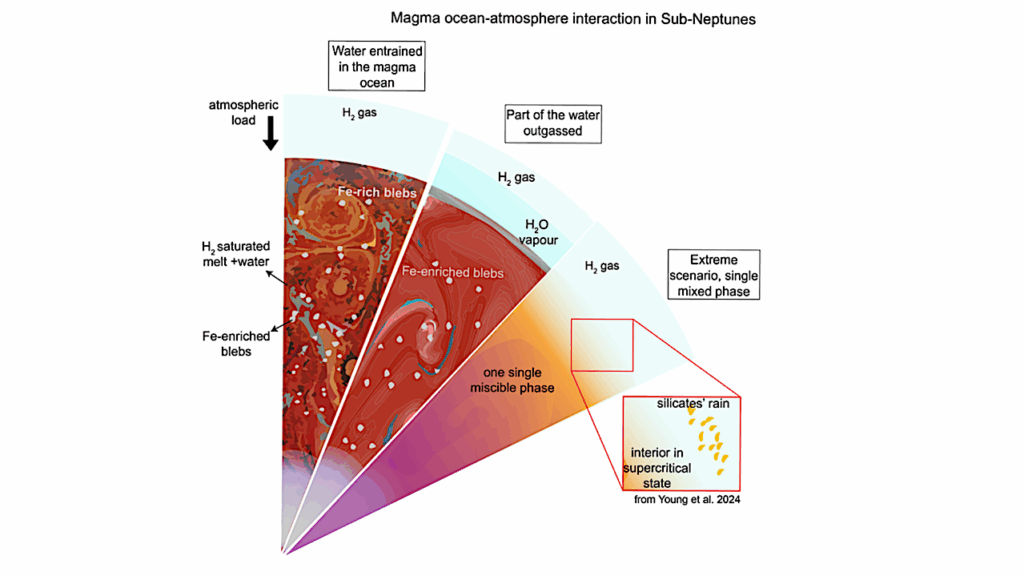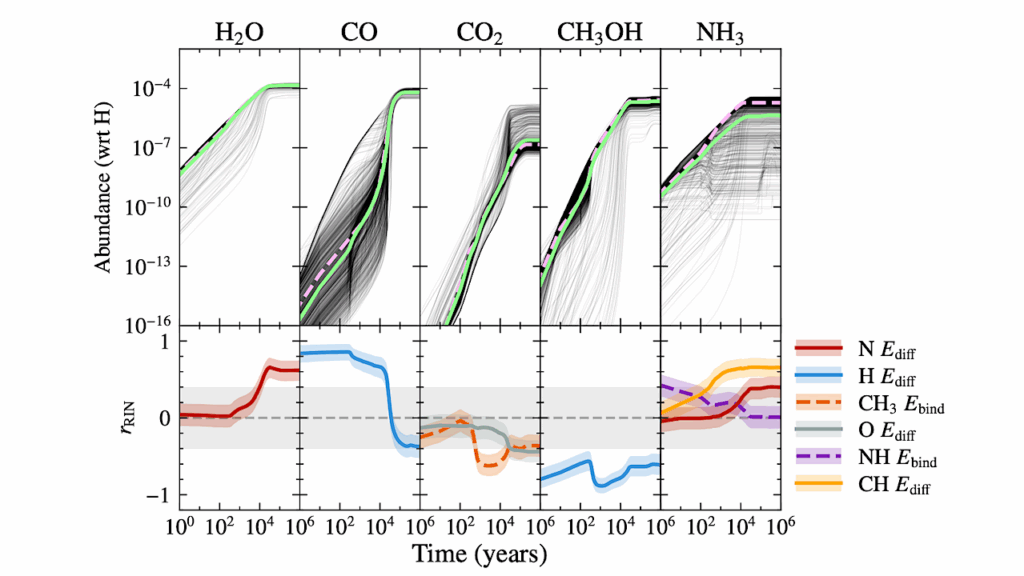Debris Disks can Contaminate Mid-Infrared Exoplanet Spectra: Evidence for a Circumstellar Debris Disk around Exoplanet Host WASP-39

The signal from a transiting planet can be diluted by astrophysical contamination. In the case of circumstellar debris disks, this contamination could start in the mid-infrared and vary as a function of wavelength, which would then change the observed transmission spectrum for any planet in the system.
The MIRI/LRS WASP-39b transmission spectrum shows an unexplained dip starting at ∼10 μm that could be caused by astrophysical contamination. The spectral energy distribution displays excess flux at similar levels to that which are needed to create the dip in the transmission spectrum.
In this article, we show that this dip is consistent with the presence of a bright circumstellar debris disk, at a distance of >2 au. We discuss how a circumstellar debris disk like that could affect the atmosphere of WASP-39b. We also show that even faint debris disks can be a source of contamination in MIRI exoplanet spectra.
Laura Flagg, Alycia J. Weinberger, Taylor J. Bell, Luis Welbanks, Giuseppe Morello, Diana Powell, Jacob L. Bean, Jasmina Blecic, Nicolas Crouzet, Peter Gao, Julie Inglis, James Kirk, Mercedes Lopez-Morales, Karan Molaverdikhani, Nikolay Nikolov, Apurva V. Oza, Benjamin V. Rackham, Seth Redfield, Shang-Min Tsai, Ray Jayawardhana, Laura Kreidberg, Matthew C. Nixon, Kevin B. Stevenson, Jake D. Turner
Comments: accepted to ApJL
Subjects: Earth and Planetary Astrophysics (astro-ph.EP); Solar and Stellar Astrophysics (astro-ph.SR)
Cite as: arXiv:2406.02305 [astro-ph.EP] (or arXiv:2406.02305v1 [astro-ph.EP] for this version)
https://doi.org/10.48550/arXiv.2406.02305
Focus to learn more
Submission history
From: Laura Flagg
[v1] Tue, 4 Jun 2024 13:35:33 UTC (960 KB)
https://arxiv.org/abs/2406.02305
Astrobiology








